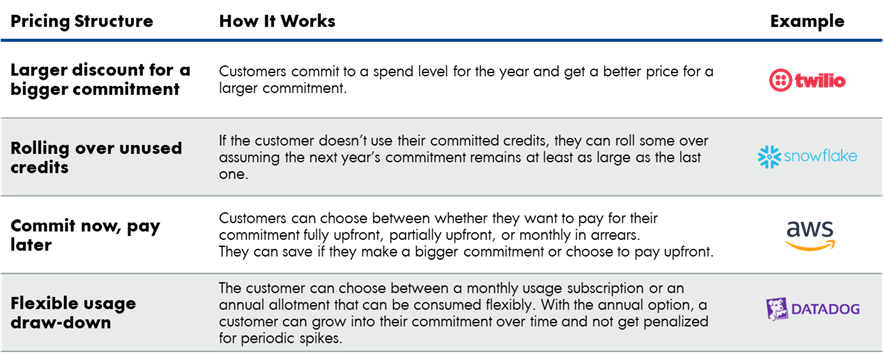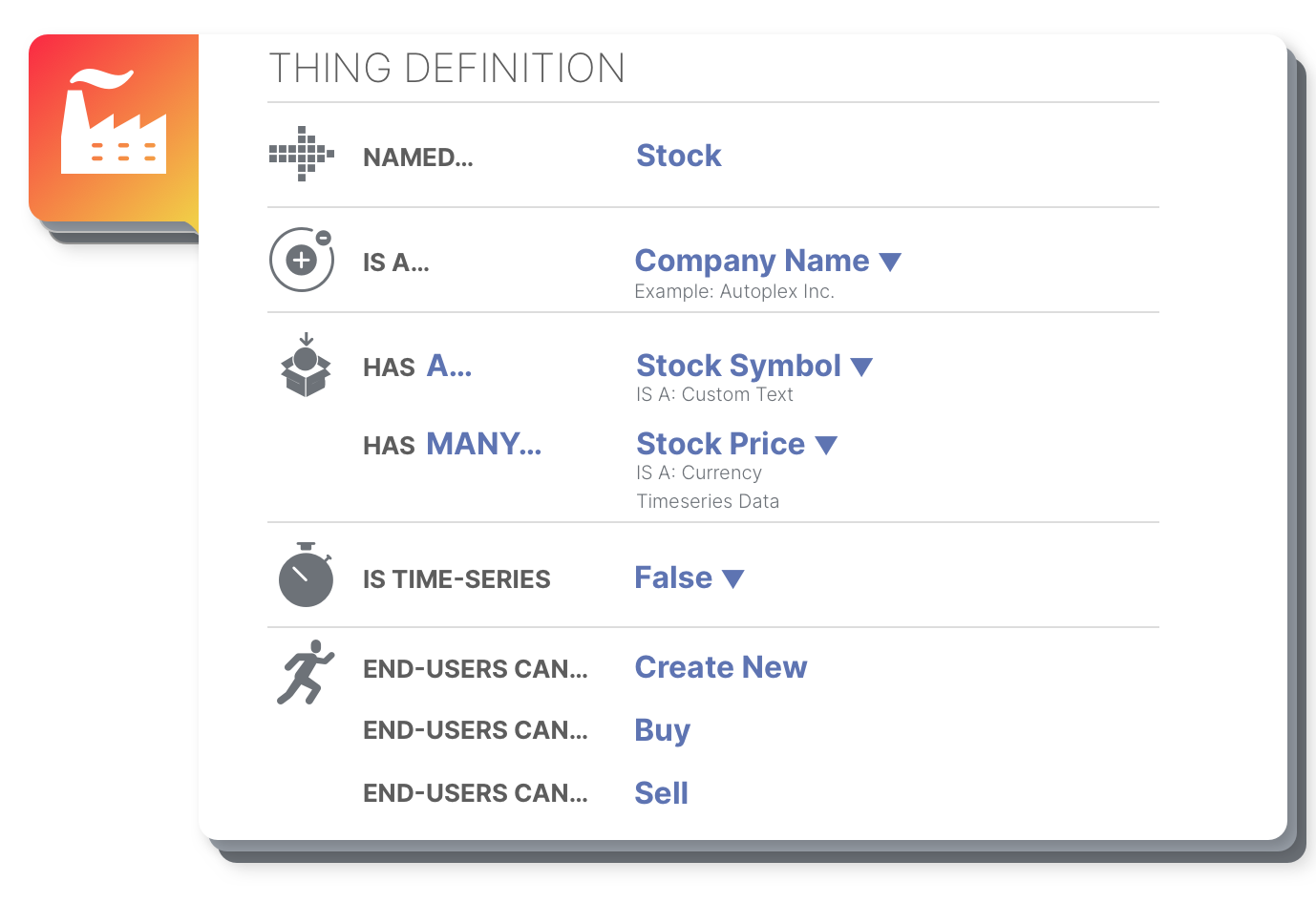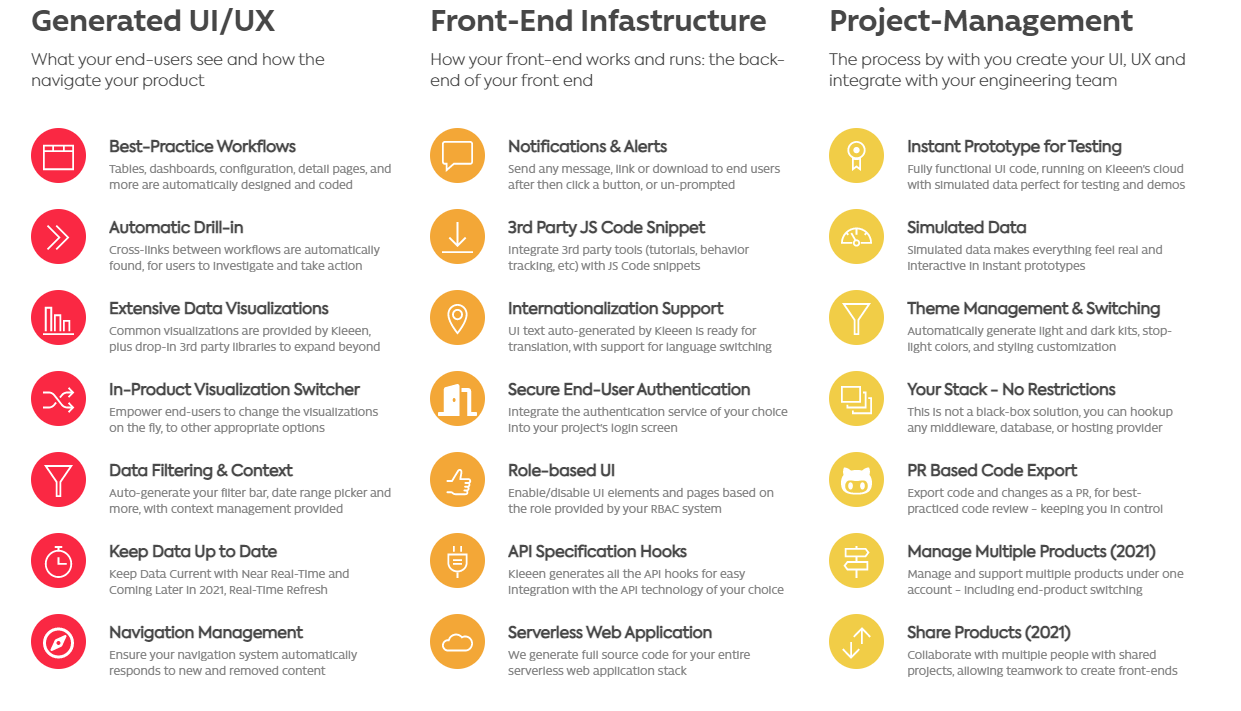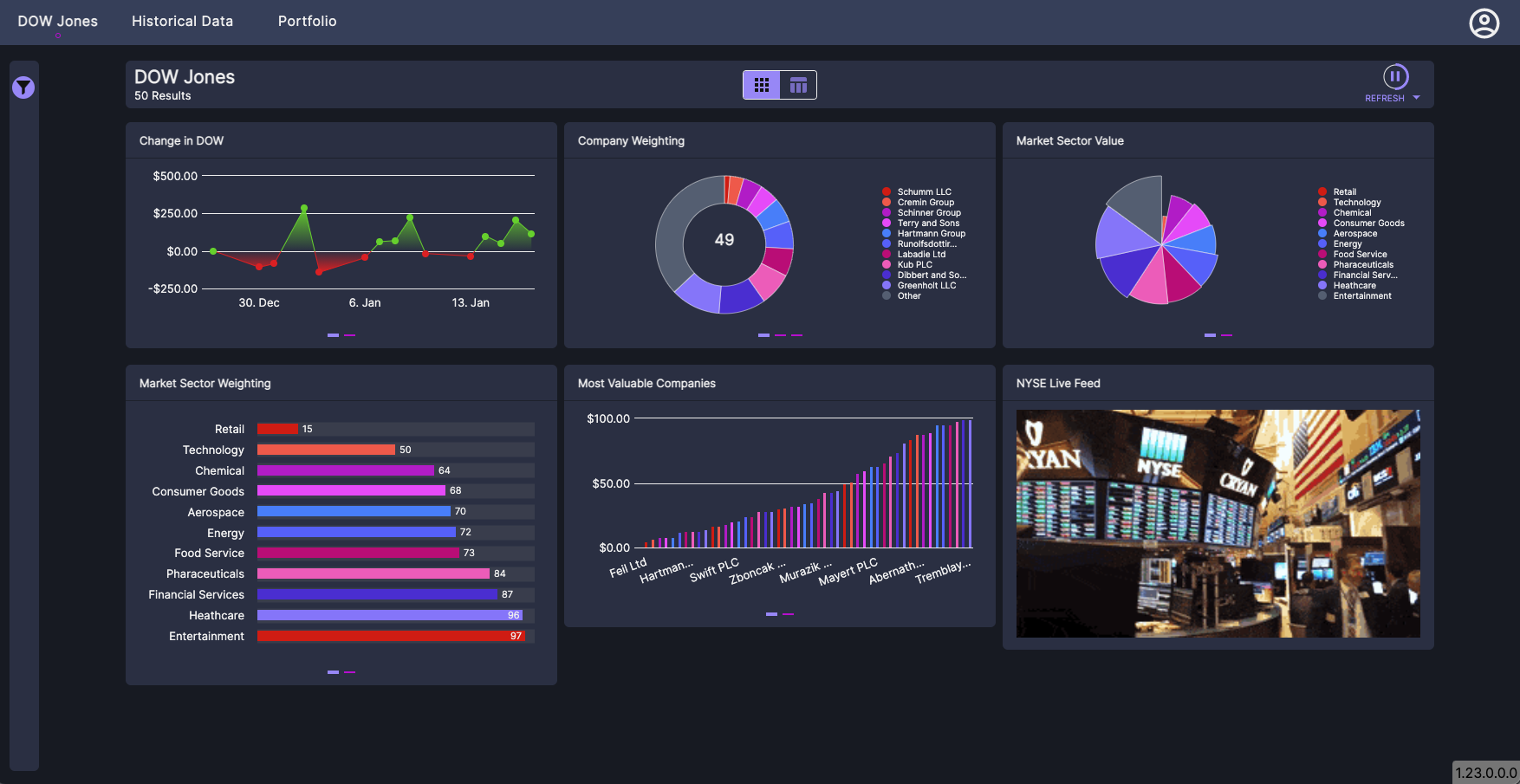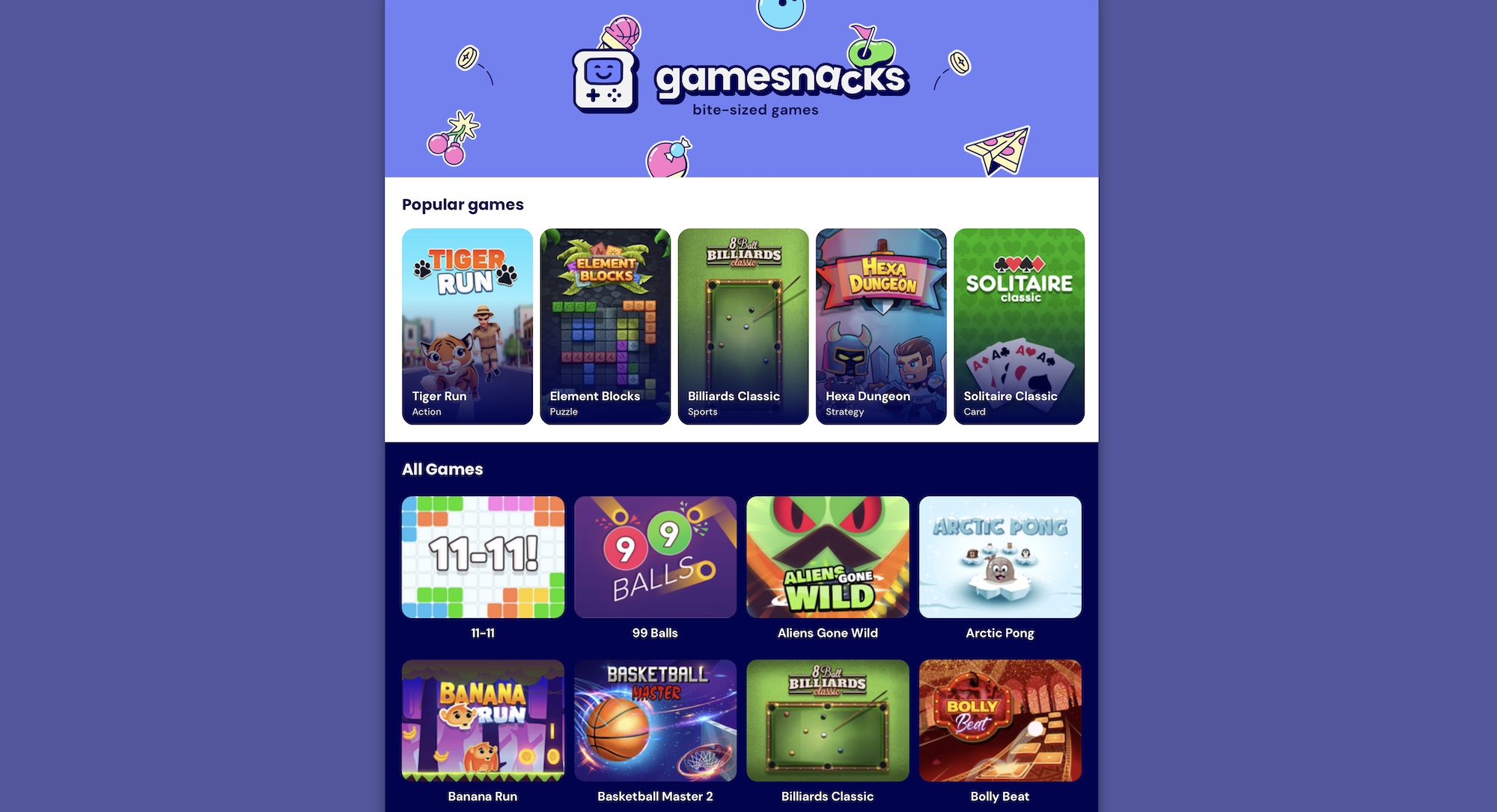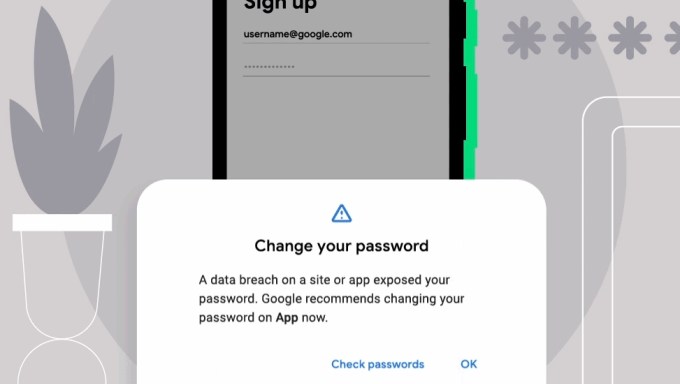- February 23, 2021
- by:
- in: Blog
Whether you’re working on something new according to your Twitter bio, or self-employed, according to your LinkedIn bio, founder Ben Huffman thinks his platform, Contra, will be the best way for independent workers to explain and monetize what they are working on. Contra is a platform that wants professionals to create profiles that show project-based
Whether you’re working on something new according to your Twitter bio, or self-employed, according to your LinkedIn bio, founder Ben Huffman thinks his platform, Contra, will be the best way for independent workers to explain and monetize what they are working on.
Contra is a platform that wants professionals to create profiles that show project-based identities, versus a role-based identity that one would show on LinkedIn. It’s been built for what Huffman thinks is the future: digital knowledge workers, a term he uses to describe independent tech workers who freelance for different companies or gigs.
The early adopters are independent workers who want to work or advise for a product team.
“So you can think about any type of modern-day product team consisting of like a designer, an engineer, a PM, maybe a writer, or maybe someone else distributing content. There’s a high degree of referability amongst these user types,” he said.
Users would showcase the tools they use, projects they’ve led and initiatives they’ve pushed instead of simply writing “Former Stripe Engineer” and calling it a day.
“What you don’t know is what problems they solved at Stripe,” Huffman explained, and Contra wants to give users space to explain that.
A Contra profile looks like a storefront for an independent creators’ business. The first thing you will see is project experience, with the option to toggle between services currently available for sale, recommendations from the referral network and, finally, the About page.
A goal of Contra’s, per Huffman, is to help independent workers create high-signal referral networks so they can land new opportunities and gigs. Whenever a user posts a new project experience to their resume, they can add who they worked with as a collaborator.
It’s different from LinkedIn, where you can add anyone you meet and they become a “connection.” Contra requires you to have work experience with your network, making the referral network high-signal. Contra positions referrals high-up on profiles, reminiscent of the MySpace Top 10.
Referrals as a core mechanism to get jobs could disproportionately hurt Black and brown founders, who have been left out of networks. But Huffman says that Contra doesn’t only rely on referrals, it also helps position someone as more than their resume.
“Most resumes are filtered out by AI today and have historically disadvantaged BPOC candidates,” he said. “With a project focus instead of roles and education credential-focus on the identity, we help undiscovered talent get ahead.”
Huffman, who experienced resume bias first-hand as a college dropout with no-credentials from a rural area, thinks that his tool can combat bias in an effective way. The best-case scenario would be if Contra could help a talented designer based in Minneapolis get an opportunity in a city like San Francisco or New York by showcasing their work.
But Contra has ambition to be more than just the latest startup to aim at LinkedIn, Huffman tells TechCrunch. Beyond being a professional network, it wants to also be a place where independent workers can make money for their services and get inbound customers. He describes Contra as a LinkedIn meets Shopify for independent workers.

In other words, Contra is a profile that independent workers can build and then monetize off of, as well as track engagement on how certain services of theirs might be in more demand than others.
“We’re trying to enable people to monetize the value they create, versus the time they spend in places,” says Huffman. The goal here is to “enable people to build these identities, and give them infrastructure to be successful as an independent worker. Contra integrates with Stripe to bring on payments infrastructure, letting workers actually sell their services on the platform.
From an independent worker’s perspective, the internal view offers analytics to understand what the public is looking at on their profile, from what services are most in demand to what projects get the most attention. The analytics, which are private to everyone except the user, also helps workers understand what the conversion rate is once people come to their platform.
It is free to make money and a profile on Contra, which differentiates it from freelance marketplaces like UpWork and Fiverr, which take a percent cut of earnings. Since Contra doesn’t charge a commission on earnings, it monetizes through a SaaS subscription, $29 a month, that includes benefits such as same-day payouts and higher visibility in the platform to eventually get better opportunities.
A potentially large new competitor might be from LinkedIn itself, which is developing a new service called Marketplaces to help freelancers find and book work. Facebook is also working on a tool related to freelancers. Huffman sees Contra’s focus on professional identity as a competitive advantage, and the fact that the tool might be taking commissions.
“It makes what we are doing that much more relevant,” he said.
Luckily, the startup has raised a $14.5 million Series A round to meet its competition head on. The financing event was led by Unusual Ventures, with participation from Cowboy Ventures and Li Jin’s recently announced Atelier Ventures.
Contra wouldn’t disclose the number of users it currently has but did confirm that the total is “in the six-figure range.”
The cash will be used to increase the speed in which it can ship features, as well as build out an ambassador program, in which it will pay users $1,000 a month to test out the product and support the shift to independent work.


